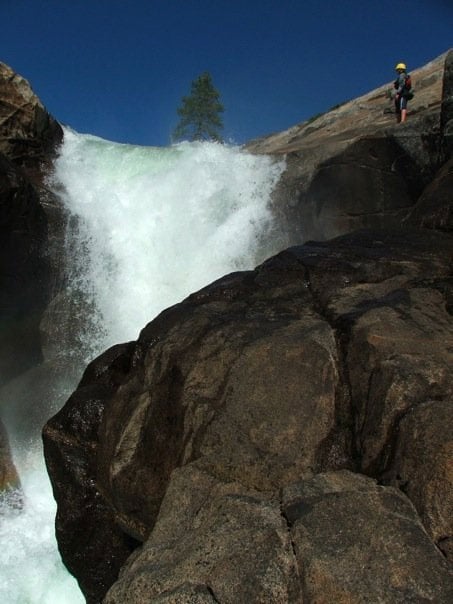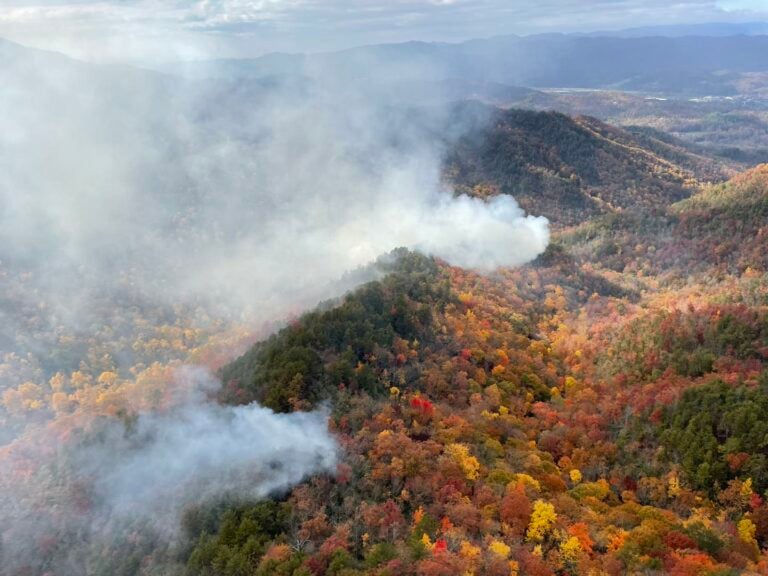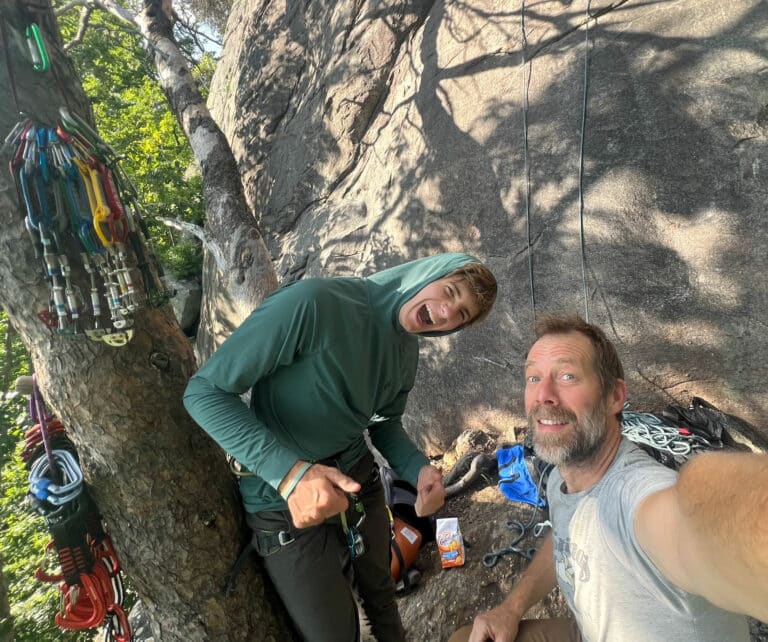Gragtmans sizing it up. Photo: Robin Betz
I recently watched Travis Pastrana’s documentary video, 199 Lives. This video was a sobering look into the psychological undertones of arguably the wildest adrenaline junky the world has ever seen. One quote that stuck with me from the video came when Travis stated, “I manage risk for a living.”
This is a powerful statement, because it applies to every outdoor athlete. Even though we may not be doing triple backflip base jumps into the Grand Canyon, we all must pay very close attention to the variables that go into a particular climb, jump, rapid, or hike. We owe this to our loved ones, because those are the people whose lives we would affect the most if we were to hurt ourselves or pass away.
For me, my relationship with risk manifests itself most vividly when I am on a river, staring down the gut of a large rapid or waterfall. My assessment of the risk of a rapid is conducted in a series of steps. First of all, I allow my eyes to flow down the rapid, laser focused only on the line that I would take to run it. I am looking to see if it is possible to use all of the skills that I possess as a kayaker to make a particular line work. If I do not see this at all, I shoulder my boat and walk around it.
Oftentimes the line is there, but there are some serious question marks as to whether certain aspects of it are going to work, and what the consequences of mistakes entail. This is when I zoom out on my focus and take in the peripheries surrounding the rapid in a more holistic way.
- -How fun does the line look… will it be worth the risk?
- -Where can safety be set?
- -What will happen in the event of a swim?
- -What is the #1 danger/worst possible thing that could happen here?
- -How can we prepare for that contingency?
- -What is my plan B for making a mistake in X part of the rapid? In Y part? What is my plan C for both of those?
- -Is there the potential for equipment (paddle or sprayskirt) failure?
- -What landmarks will help me from upstream to line this thing up?
If those factors check out, and there appears to be a good way to get the team in place and pull it off, then it is time to pull back one parameter further and look at the overall situation.
- -How is the team dynamic today?
- -How would one or more members of the group running the rapid affect the team?
- -How far away are we from civilization?
- -How would we deal with an accident out here?
- -Do we have enough time to pull it off safely?
- -Is temperature an issue?
- -How bad is the portage?
It is only after ALL of those variables are considered that I begin speaking with the team about being motivated to go for it. If the group is prepared to deal with the challenge, then it is time to go for it. If not, I/we don’t run it. Period. The ability to back off when it is not the correct time and place is something that can only be learned through experience, but paying attention to the group should be one of the highest priorities in adventure sports decision making.
One other thing that I have found fascinating about this decision matrix is its applicability to the business world. Since starting my outdoors apparel company, TerraVida, less than a year ago, I have used this expanding focus model more times than I can count.
For all of his perceived insanity, Travis Pastrana is certainly living his life the way that he wants to. In spite of the fact that I’m not very interested in taking what I do to his extreme, I think that we can all learn something from analyzing our risk-taking decision process from time to time.
Good lines out there everyone. Merry Christmas and be safe!








